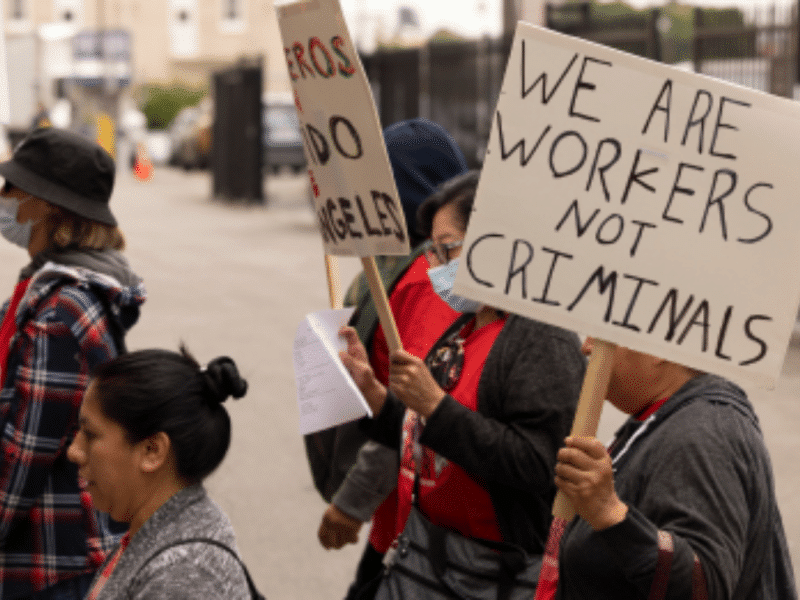Mexican Supreme Court Legalizes Abortion Nationwide
Mexico’s Supreme Court decriminalized abortion nationwide. So what’s next?

In a landmark decision, the Supreme Court of Mexico has ruled that the prohibition of abortion is unconstitutional, paving the way for legal access to the procedure across the nation. This decree ensures that any voluntary termination of pregnancy performed within federally managed health institutions will no longer be punishable.
Previously, only a handful of states in Mexico had revised their local laws to allow women to terminate their pregnancies, with most legislation setting a cap at 12 weeks of gestation. The move by the Supreme Court is poised to catalyze widespread change.
The group leading the charge on this big change was Grupo de Información en Reproducción Elegida (GIRE). They took their fight to the Supreme Court, asking them to reconsider the national rules about abortion. The Court’s decision emphasizes that ending a pregnancy should not be treated as a crime all over Mexico. Following this big news, GIRE shared their thoughts: “Because of the Supreme Court’s decision, government-run health places across Mexico must now help women who ask for an abortion.”
This decision holds particular significance for a country like Mexico, which is deeply rooted in Catholic traditions, values, and patriarchy. For decades, these beliefs have often influenced political and social attitudes toward women’s reproductive rights. The Church’s historical stance against abortion made this issue more than just a legal debate; it was intertwined with cultural and moral perspectives that permeated every level of society.
The Supreme Court’s ruling not only represents a legal victory but also indicates a noteworthy shift in the cultural tide.
It’s a sign that, even in nations with strong religious underpinnings, the voices advocating for women’s rights and autonomy are gaining ground and resonating more widely.
So, what’s next? The ball is now in the court of the national lawmakers in Congress. They need to update the national laws to align with this latest decision. It’s important to remember that each state in Mexico also has its say on abortion laws, so changes at the state level might take some time.
All in all, this recent decision shines a spotlight on the tireless work of many, marking a significant milestone for women’s rights in Mexico.




